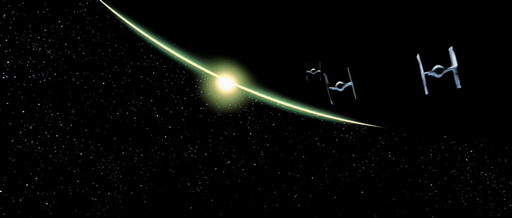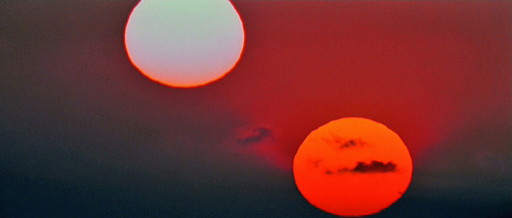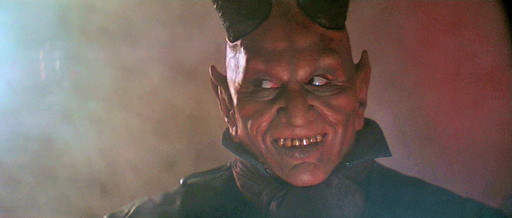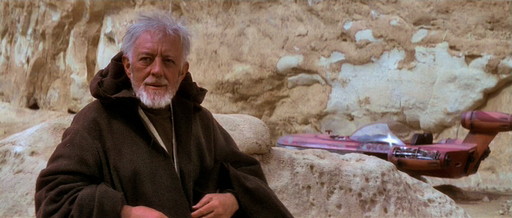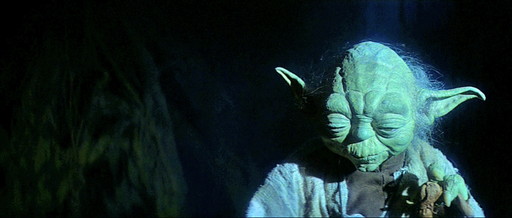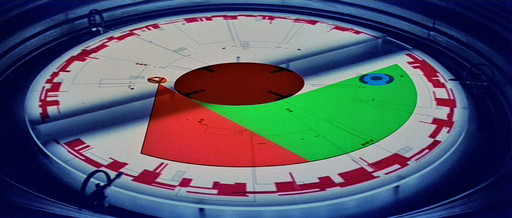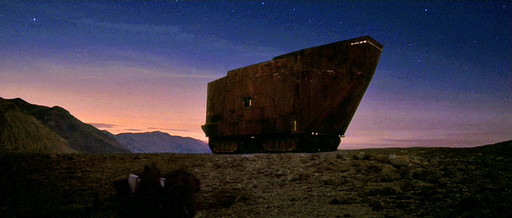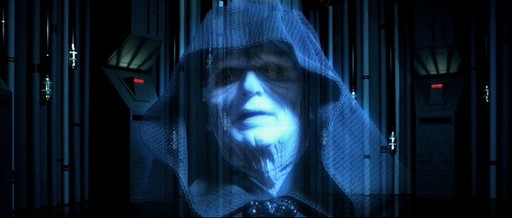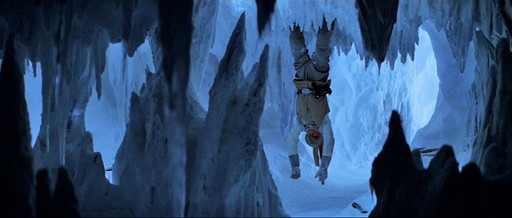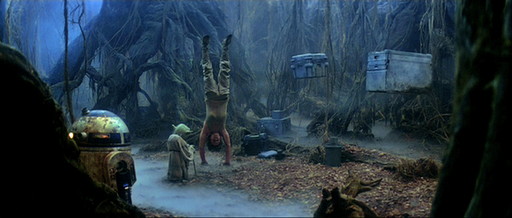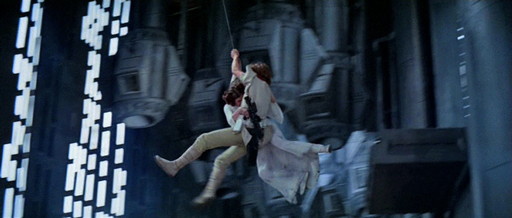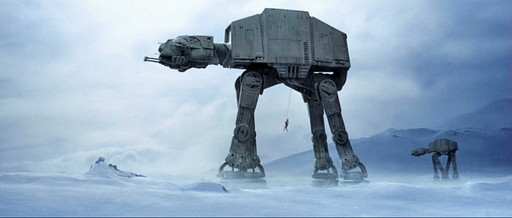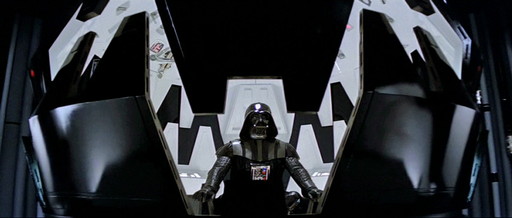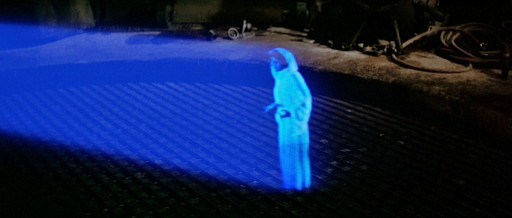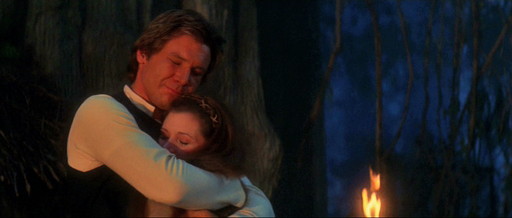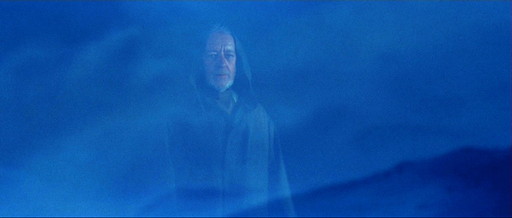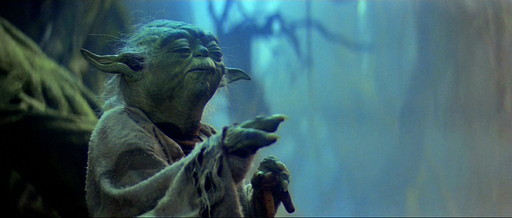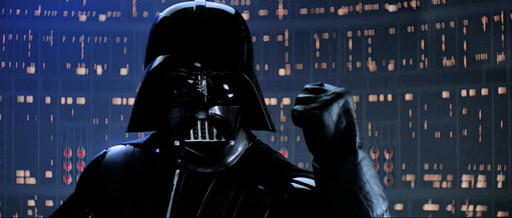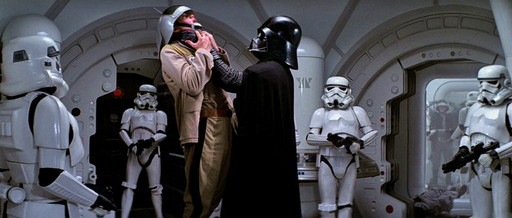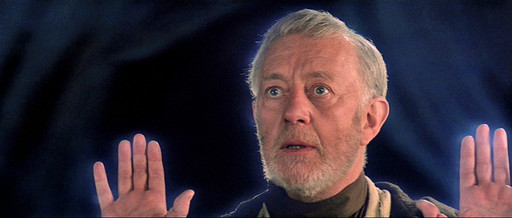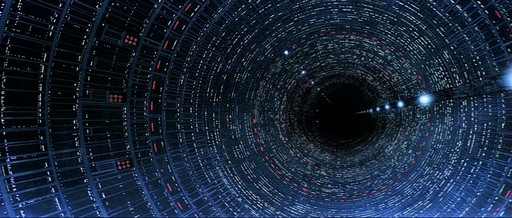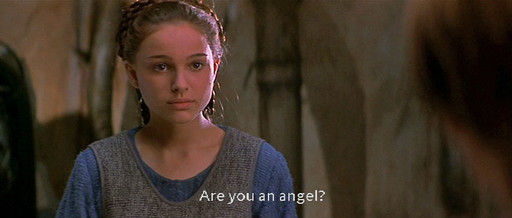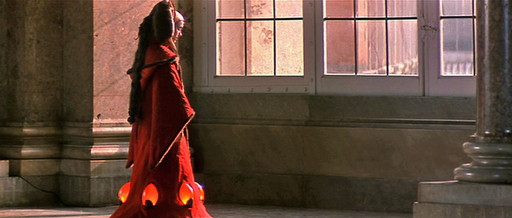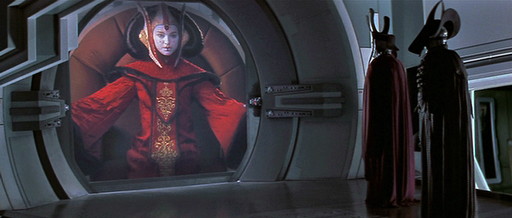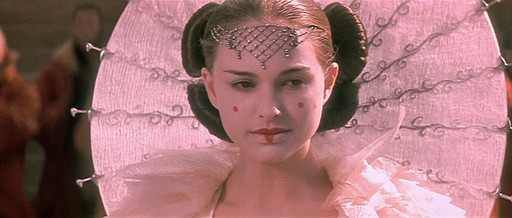.: Analysis of Tarot Archetypes in the Star Wars Series :.The Star Wars series is famous for retelling what Joseph Campbell called the Monomyth—the ancient story of the hero’s journey (The Hero With a Thousand Faces, 1949). As the Tarot is also an allegory for the hero’s journey, it should come as little surprise that every archetype of the Major Arcana appears in the Star Wars films, very nearly all of them within the first film released, Star Wars Episode IV: A New Hope (1977). The Sun is a source of light in times of strife. Most interesting is the binary star that our hero Luke contemplates on his home planet. This double sun is rich in symbolism, and the motif traces back to prehistoric petroglyphs. In the ancient Greek tragedy The Bacchae by Euripedes, Theban king Pentheus hallucinates a double sun; this signifies the onset of madness, yet the double vision allows Pentheus to see the true nature of a stranger (as a horned bull). Luke, too, will have to hone a double vision to comprehend the two sides of the Force. In Dante’s Paradiso, the two ascending lights of a double sun symbolize the earthly body glorified in heaven — a concept reflected in the spectral appearances of the Jedi masters.
The Devil resides in the cantina (note that “tavern” is etymologically related to “tabernacle”). He quietly observes the goings on, grinning at a personal joke.
The Star reveals a point of vulnerability. (The Imperial Death Star obviously combines two Tarot archetypes: Death and The Star. Tarot archetypes often overlap in the Star Wars universe, as we will see.)
The Hermit lives not merely sequestered but also in disguise. He hides his powers for the sake of his personal safety. He relinquishes seclusion only when absolutely necessary, for the sake of the greater good. Both Obi-Wan Kenobi and Yoda are Hermit archetypes, each in hiding on inconspicuous planets. They are also both Magician archetypes, as they use spiritual disciplines to juggle the elements. Additionally, they are of course both Knights of Swords, wielding sabers of light.
The Wheel of Fortune indicates objectives coming into range. There are unseen forces around the corner, revealed in the fullness of cyclical time. Their shadows precede them.
The Chariot implies salvage. Something broken will be rescued and rebuilt or repurposed.
Death is a clean stripping away, down to the essential framework. With the shifting of the dunes, something buried is coming to the surface.
The Emperor suggests non-locality. He appears in holographic form, virtually present across the span of galaxies. Interestingly, as a Sith lord, this Emperor implies an apprentice who will one day usurp the throne.
The Fool dreams of life on other worlds, oblivious to what’s developing all around him.
The Hanged Man appears again and again: as a prisoner encased in ice, as a yogi learning about weights and waiting, as a rescuer of a damsel in distress, and as a vigilante.
The Hierophant’s roost is a cosmic egg.
The High Priestess sends semiopaque messages through unlikely messengers. Her call sets many forces into motion.
Justice accepts responsibilities and acknowledges righteousness.
The Lovers: sentiment and presentiment.
The Magician transcends physicality. “If you strike me down,” says Obi-Wan Kenobi, “I shall become more powerful than you could possibly imagine.”
The Moon, like The Sun, appears often in the Star Wars universe. Here it is ominous — a looming battle station.
Strength in the form of a mechanical fist implies the possibility of malfunction.
Temperance warms against impetuosity.
The Tower is seen from the inside. It reveals a flaw in the design—a weak point.
Judgement: an angel.
The World: “a thousand voices crying out.” This archetype suggests an easy target. Yet it also suggests the power of a scattered few to save the day.
The Empress appears in the guise of a regal maiden instead of the more traditional Earth mother. She ruminates heavily, presides, and revels.
An eccentric lexicographer and scholar, Craig Conley is author of the Tarot of Portmeirion, Magic Words: A Dictionary (Weiser Books) and One-Letter Words: A Dictionary (HarperCollins). ~ ~ ~
All of the above digital images are copyright Lucasfilm Ltd, who reserves all rights thereto. The use of these images within the above analysis constitutes Academic Fair Use as defined by the U.S. Copyright Office. |
|
|
